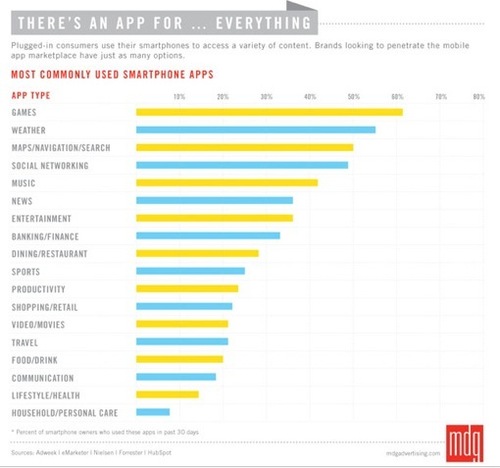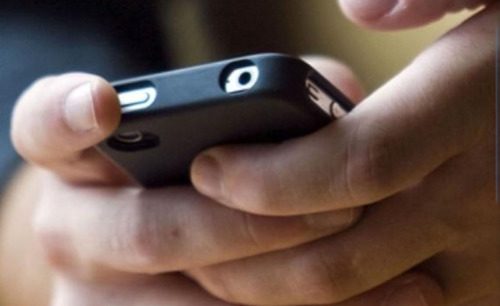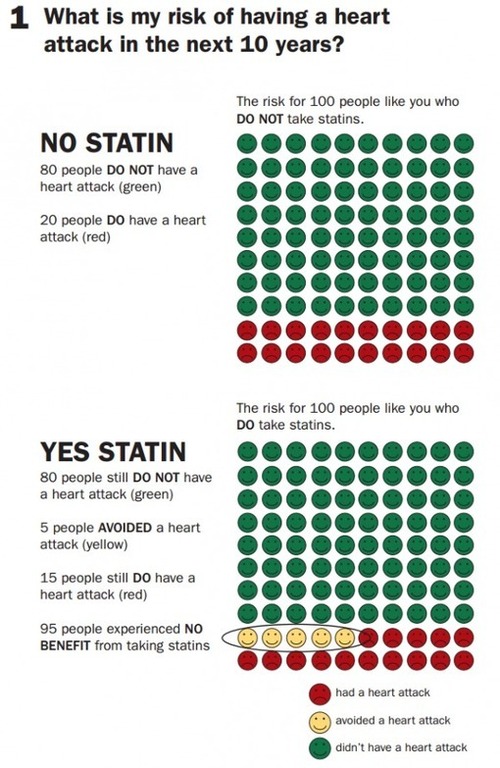isaïe bloch – aatelier
September 27, 2013
See on Scoop.it – shubush digital
“Isaïe’s ongoing research and design ambitions are focused on the correlation between craftsmanship and Additive manufacturing within several creative domains including Architecture, Fashion and Plastic arts. Using digital tools as a new set of brushes within the plastic arts, his designs (reaching from sculptures to utensils with a ornamental character) always focus on the geometrical capacities of what 3D printing has to offer as a production technique. Not because it is a new medium but because it offers him a very specific set of geometry to work with. According to that none of his work can be produced trough other means then 3D printing.”
See on aatelier.org
Artist of the Year | 3D Printshow
September 27, 2013
See on Scoop.it – shubush digital
check out the artists work
See on 3dprintshow.com
Design can not be controlled
September 27, 2013
Laura Michaels’ Blog | Design can not be controlled.
Laura Michaels work with Skin Graph which explores the bridge between Fashion and Architecture. This collaboration has great potential. I will look forward to seeing more.
Dinner Is Printed
September 27, 2013
See on Scoop.it – shubush digital
Will 3-D printing save the world? Bring in the apocalypse? Or is it just a gadget that spits out cheap plastic trinkets? An investigation.
See on www.nytimes.com
Summary: 24 September: 3D Printing- How Far Will It Go?
September 27, 2013
See on Scoop.it – shubush digital
Chair: Ivan Pope – ThingMakers / Fabrivan, Brighton Christmas is coming and my mind is on toys and gifts. Could I get them 3dprinted at home? If so, what are my options I ask the 3d print veteran A…
See on www.cybersalon.org
Patients Do More than Engage — They Can Take Control
September 27, 2013
See on Scoop.it – shubush design & wellbeing
Smartphones have been supplemented with a variety of external sensors which track health parameters, providing information for the patient to manage their healthcare. These devices attack chronic health issues such as obesity, noncompliance with medication, diabetes, and heart disease.
The first step to improvement is to measure the condition. The first measurement establishes a baseline and continued measurements track how well the program is progressing. “If you cannot measure it, you cannot improve it.” – Lord Kelvin.
The mantra is embodied by the Quantified Self movement which promotes “self knowledge through numbers”. This web site serves the QS user community with forums and international meetings. You name it and someone in the QS community has tracked it and reported on it. From weight, fitness, sleep, moods, stress, to reading habits, nothing seems to be left out.
The number of fitness and weight loss apps are legion. Wearable and not wearable sensors aid in measuring and tracking fitness goals.The Fitbit Flex is a wristband that tracks steps, distance, food intake and calories burned during the day and sleep quality at night. It is water resistant and handles laps in the pool.
In the not wearable category for fitness tracking are the smart scales such as the one from Withings which not only measures weight, but body composition, heart rate and air quality. It measures the body fat percentage and calculates BMI. Standing heart rate is an indicator of improved fitness if it drops over time. Indoor air quality measures temperature and carbon dioxide and sends an alert when it is time to clear the air.
Medication adherence is one of the largest and most expensive problems in healthcare. It is estimated that 50% of the US population take medication on a regular basis and of those, only half take their medications as prescribed. Healthcare costs, caused by improper and unnecessary use of medicines, exceeded $200 billion in 2012, according to the IMS Institute for Healthcare Informatics.
Monitoring heart disease can be done with devices attached to smartphones that can also communicate results to the healthcare team. Blood pressure cuffs controlled by a smartphone app, such as Withings blood pressure monitor, automatically take blood pressure and heart rate and save it to the iPhone or iPad stamped with the time and date. The measurements history can be emailed to a physician for advice.
Another patient engagement phenomena, that may be even more far reaching, is growing use of “peer-to-peer” social networks allowing patients to share data about treatments, how well they worked, and other tips about their specific disease. These networks range from the very specific, e.g., Crohnology for Crohn’s disease with 4200 members to networks with a broad scope of many diseases, such as Patients Like Me with 220,000 members. These sites allow patients to access real data as to what works in the real world and obtain more data than a single physicians experience allows.
The wealth of health and wellness apps and sensors combined with social networksallows patients to collect and monitor more data about their specific conditions and goals than ever before. Plans for management of their disease or for achieving wellness goals can be individually tailored. The result is patients not just engaging in their healthcare, but taking control of their healthcare.
See on medtechcon.com
Do patients want apps to remind them to stay compliant ?
September 27, 2013
See on Scoop.it – shubush design & wellbeing
The big takeaway from the news for mobile app developers is that first impressions of your app matter greatly, and you should also pay more attention to the number of people who keep using your apps, instead of just looking at download statistics.
See on worldofdtcmarketing.com
Smartphone asthma device launched
September 27, 2013
See on Scoop.it – shubush healthwear
Medical technology firm iSonea has launched a device to help asthma sufferers monitor their condition with a smartphone.
The AirSonea device turns a phone into a portable wheeze monitor when held against the windpipe near the base of the throat.
Sounds are transmitted via the smartphone to a cloud-based site to be analysed with iSonea’s acoustic respiratory monitoring technology.
The wheeze rate is then downloaded to the phone.
See on www.skynews.com.au
On using visual aids to teach patients and improve decision making
September 27, 2013
See on Scoop.it – shubush design & wellbeing
Numeracy, even more so than general health literacy, is a strong predictor of comprehension and decision-making in making comparative health care decisions. According to the National Adult Literacy Survey, almost half the general population has difficulty with basic numeric tasks, such as determining the difference between a regular price and a sales price. Even among educated people,one study found that 16% incorrectly answered straightforward questions about risk magnitudes (one question read: “what represents the larger risk: 1%, 5%, or 10%”).
Given both limited training and limited time to spend in each patient encounter, physicians aren’t always able to compensate for these difficulties. When dealing with patients from lower socioeconomic classes, physicians tend towards a less participatory interaction style, and in particular tend to give significantly less information and engaging less in partnership-building. Unsurprisingly, such patients reported less satisfaction with the clarity and explanations of their condition and care. And this lack of understanding may contribute to the worse health outcomes experienced by these patients.
Numeracy, even more so than general health literacy, is a strong predictor of comprehension and decision-making in making comparative health care decisions.
See on www.kevinmd.com
13M wearables to be used in corporate wellness plans by 2018
September 27, 2013
See on Scoop.it – shubush healthwear
Over the next five years, 13 million wearable devices embedded with wireless connectivity will be integrated into wellness plans offered by businesses, according to ABI research’s new report.
In 2013, principal analyst Jonathan Collins said less than 200,000 wearable devices have been integrated into wellness plans.
The report factors in the social and economic drivers supporting the integration of wearable wireless device adoption, such as the point at which people start taking more responsibility in healthcare, Collins told MobiHealthNews.
“While some device vendors are hoping that strong consumer awareness will drive corporate wellness adoption for their products, they also need to understand and focus on the most influential parts of the healthcare value chain,” Collins said.
More: http://mobihealthnews.com/25852/13m-wearables-to-be-used-in-corporate-wellness-plans-by-2018/
See on mobihealthnews.com









